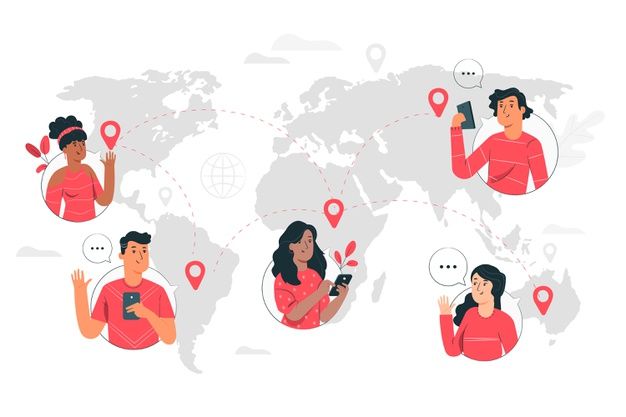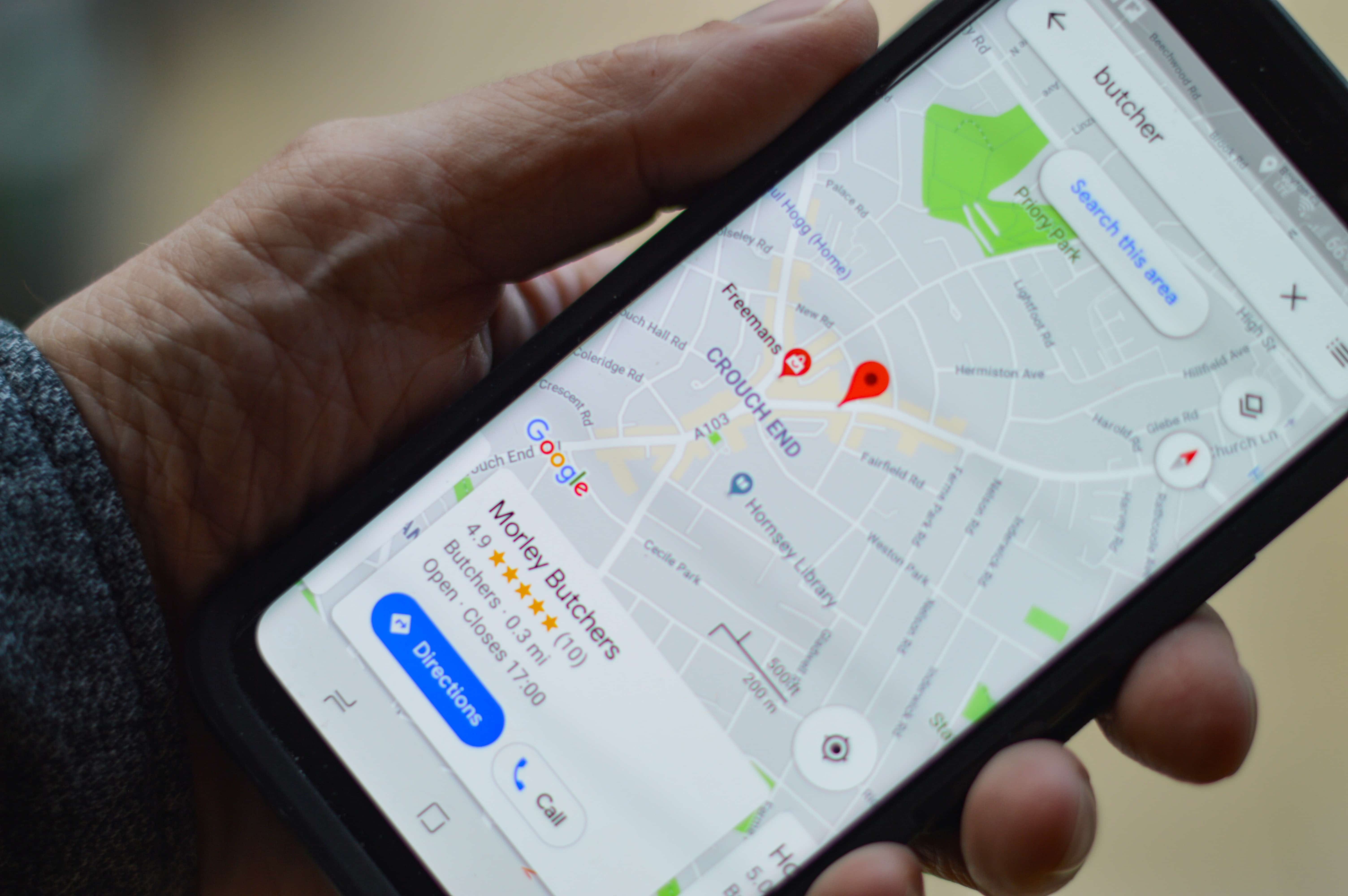Social Media Analytics for Your Online Campaigns
Online marketing without social media marketing (SMM) is a half-baked strategy. There are billions of social media users worldwide and the number is increasing every day. Naturally, SMM becomes an integral part of any online marketing strategy. However, crafting a strategy requires access to accurate data; in the modern-day, data obtained using social media metrics. This is where social media analytics comes in. Analytics provides marketers and brands with useful data that can help create brand advertising campaigns based on quantitative and qualitative metrics parameters.
How to Choose the Right Social Media Analytics Tool for Online Campaigns?
Most social media platforms have their native analytics like Google Insights, Facebook Insights, etc. However, a plethora of third-party analytics tools are available, some of which fare better by offering an enterprise-scale solution. They offer a compact platform to track all your social media campaigns and much more. That said, the choice of an analytics tool must be wise and deliberate. Here are a few things that one must consider before choosing any social media analytics tool:
i. Your Needs
The tool you choose must be able to provide the measurements necessary for your SMM campaigns. This may include metrics like traffic, brand awareness, customer engagement, user sentiment, and more. If you have specific marketing goals, make sure that you choose a tool that is in tune with your requirements.
ii. Networks Supported
Not all tools support all social media platforms. If your marketing campaign is spread over several platforms, you will need a tool that can support all such platforms. With social intelligence tools like Auris, you have access to a global stream of data from varied media sources. This helps you gauge data from a larger audience and hence get more precise insights.
iii. Analytical Capabilities
When it comes to choosing a social media platform for your online campaigns it is crucially important to consider your goals. To run campaigns and advertisements online you need to study audience behavior and your competitors. Metrics like public sentiment score, SOV, SOE, et cetera will inform your future campaigns. Make sure your tool can help you track each of the metrics associated with your goal.
iv. Price
This is an important consideration that all businesses have to keep in mind. If you have a small business, you surely will have to look for software that fits your budget. Look for a tool that has a reasonable price and offers a free trial too.
However, it is also wise to check out all the plans the tool has to offer. For in the future, when your business scales up, you will have to scale up your social media efforts too.
v. Easy upgrades
Social media platforms change constantly. New features are added, old ones are shelved. New metrics are added while old ones become less relevant. That’s why you need a tool that receives upgrades at regular intervals so that you do not lag in your marketing endeavors.
Social media analytics is essential for any social media marketing campaign. The data obtained from these tools can be used to create perfect marketing strategies for your business. With the right data, you can launch campaigns that will have far-reaching results and help in business growth and expansion.










